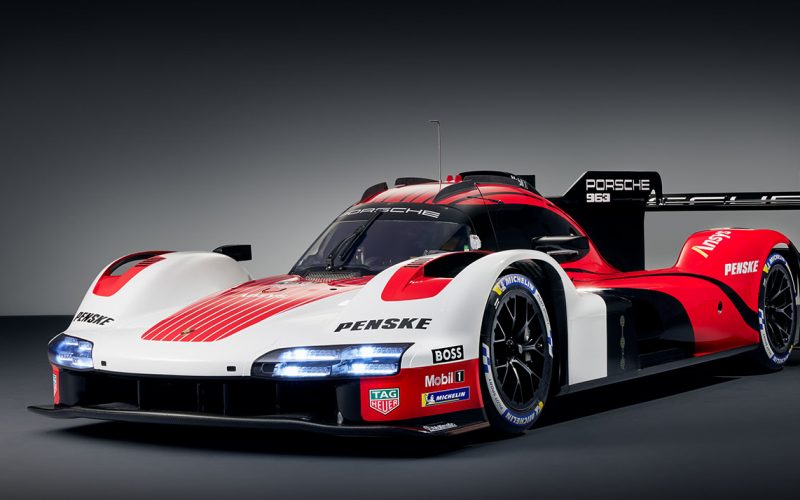
Reading Time: 3 minutesThe Goodwood Festival of Speed, based in Chichester, West Sussex, has become the U.K.’s must-go annual
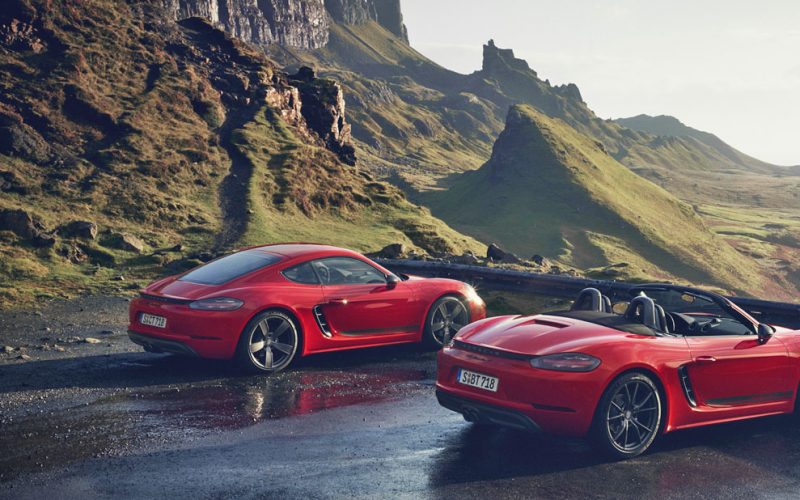
Reading Time: 5 minutesPorsche introduced its exciting new 718 T trim line to the European market last year, and
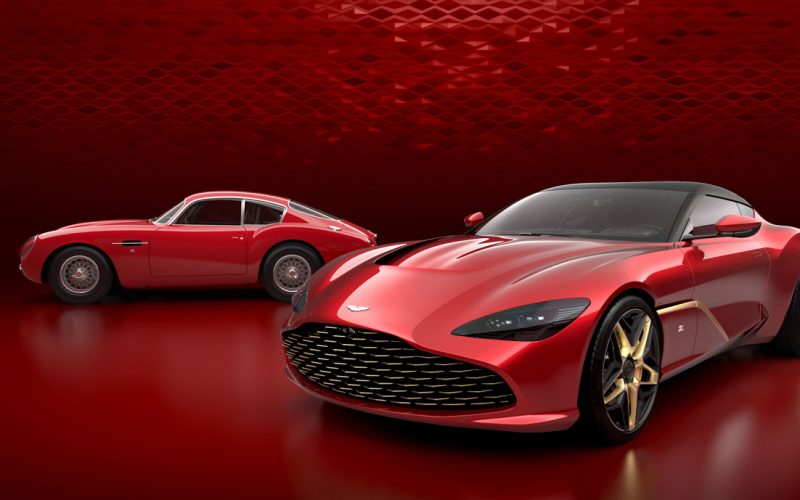
Reading Time: 5 minutesTwo cars in one, or at least that’s the arrangement you’ll need to accept if you
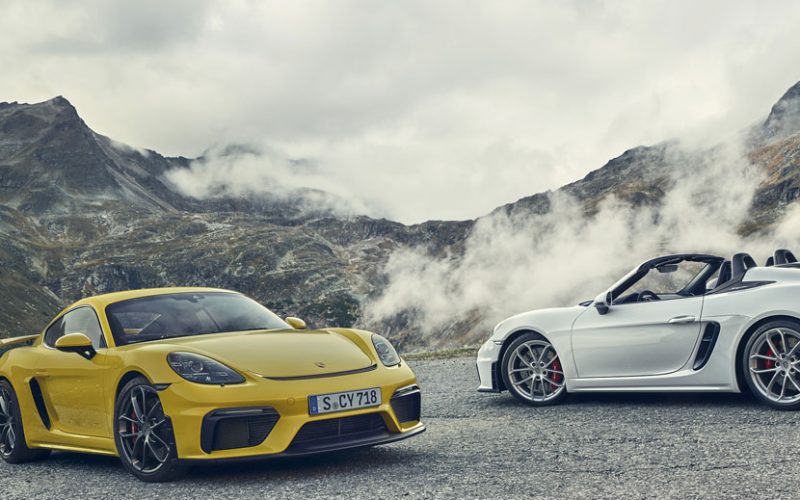
Reading Time: 8 minutesPorsche has been criticized, possibly unfairly, for not allowing its entry-level models to measure up to
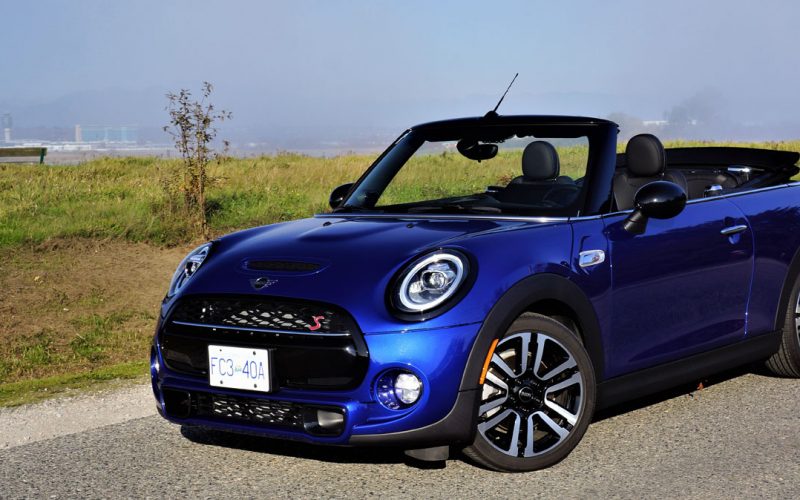
Reading Time: 10 minutesMini is one of those brands that I almost completely forget exists until one of their
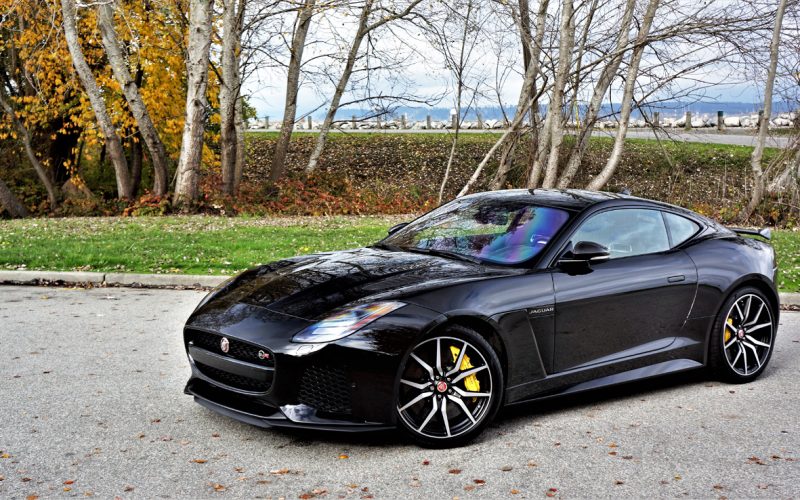
Reading Time: 8 minutesI’m not going to lie to you. As curious as I am to spend a given
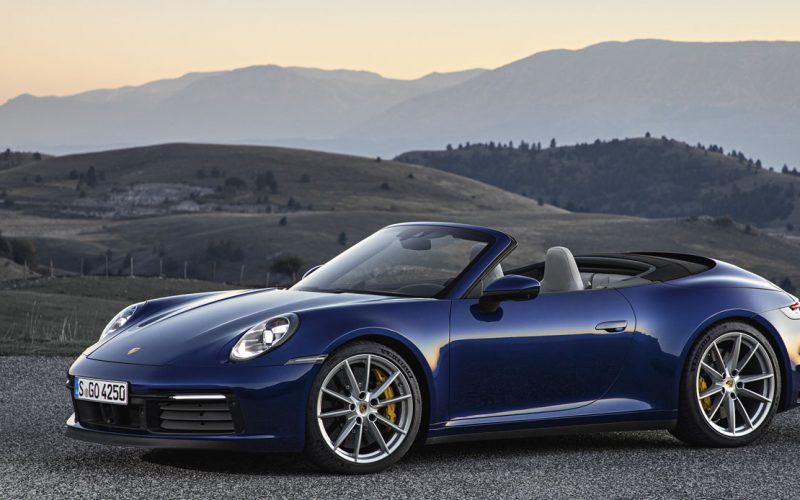
Reading Time: 6 minutesThe 911 Cabriolet has been with us so long it seems as if it’s always been
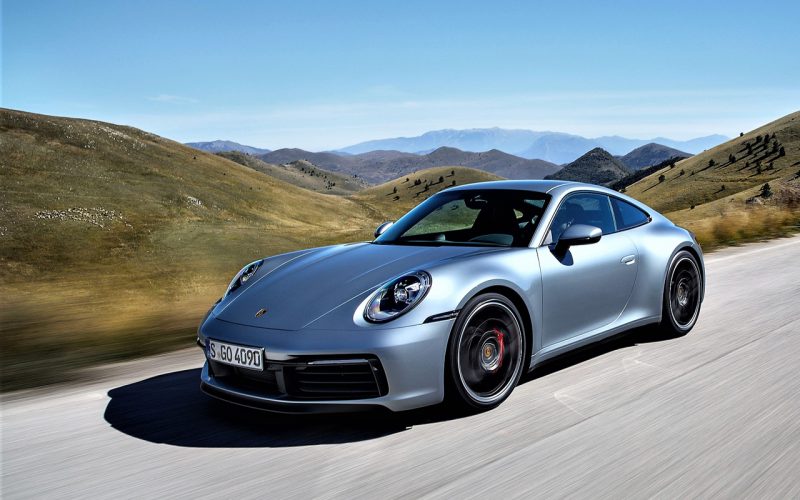
Reading Time: 11 minutesYou’d need to go back a very long way to find a year that Porsche’s 911
© 2025 The Car Magazine. All Rights Reserved, Privacy Policy | Terms of Use